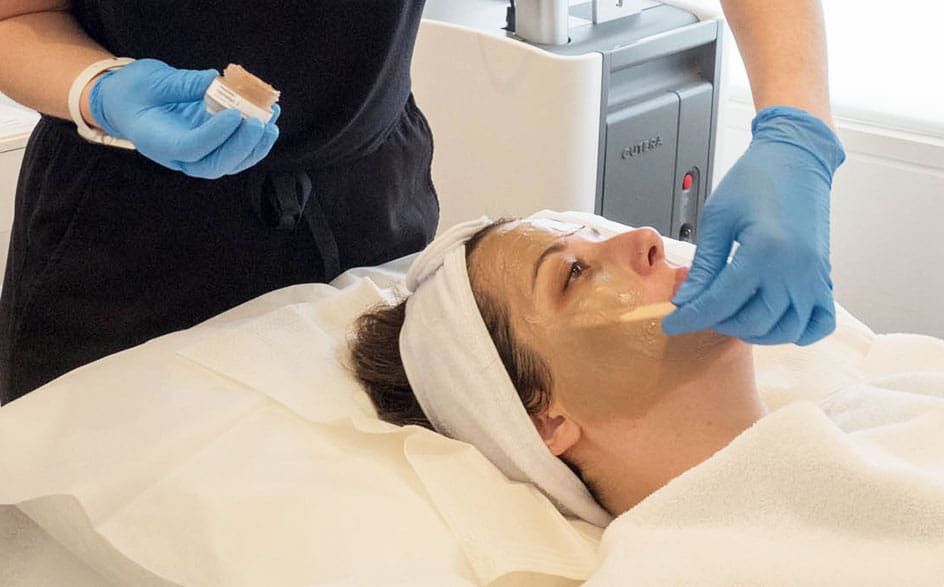Spotlight on pigmentation
The various types and what you can do.
Pigmentation is one of the major skin concerns we see in our clinic.
When people refer to pigmentation they are generally concerned by the hyperpigmentation visible on the skin’s surface. This hyperpigmentation is caused by the natural pigment, melanin that gives us our skin, hair and eye colour and is a natural mechanism of the skin to protect itself from UV radiation.
The causes of these darker lesions on the face are varied. The most come are those due to sun exposure, genetic tendency and ageing. Some are related to hormonal changes, injury and an inflammatory response or photosensitizing medication. Just as the causes of hyperpigmentation are varied so are the various treatments available for their treatment.
Today we are looking closely at Melasma
One of the most difficult types of hyperpigmentation to manage is Melasma. Melasma is very often hormonally driven, in fact it used to be referred to as The Mask of Pregnancy, as it often manifested itself during pregnancy when there is a fluctuation in hormones. Similarly, the contraceptive pill and HRT have also been linked to its development, however, it is not exclusively driven by hormones. It is more common in women and those of a darker than 4-6 Fitzpatrick Skin Type with a genetic tendency. These skin types are also more susceptible to hyperpigmentation caused when the skin is injured or becomes inflamed, for example when acne is healing the skin affected becomes darker and takes a long time to fade.
Melasma cannot be cured, it can only be managed. There are a number of highly successful treatments that can reduce or remove the pigment but over time, and this is very difficult to predict, the pigmentation will return and need re-treatment.
Cosmelan by Mesoestetic

Cosmelan is one of the world’s most successful professional pigmentation removal systems.
It has a two-pronged corrective and regulating action making it most effective. Acting on the stratum corneum, the outer layer of the skin, is the first stage of intensive depigmentation. This depigmentation continues by following the in-home treatment protocol. This ensures that the amount of melanin formed at the melanosome is reduced and inhibits the transference to the keratinocytes, the action by which pigment is formed and pushed to the surface.
Cosmelan works as an effective management system. Sadly, over time the pigmentation can reappear and there is no way of estimating how long the benefits last. Longevity of the outcome is improved by following protocol, using sun avoidance with hats etc and sunscreen with a very high SPF needs to be used daily.
For those interested in science here is a description of the mode of action.
Call the lovely Diana at reception on 9555 9506 to book now.



